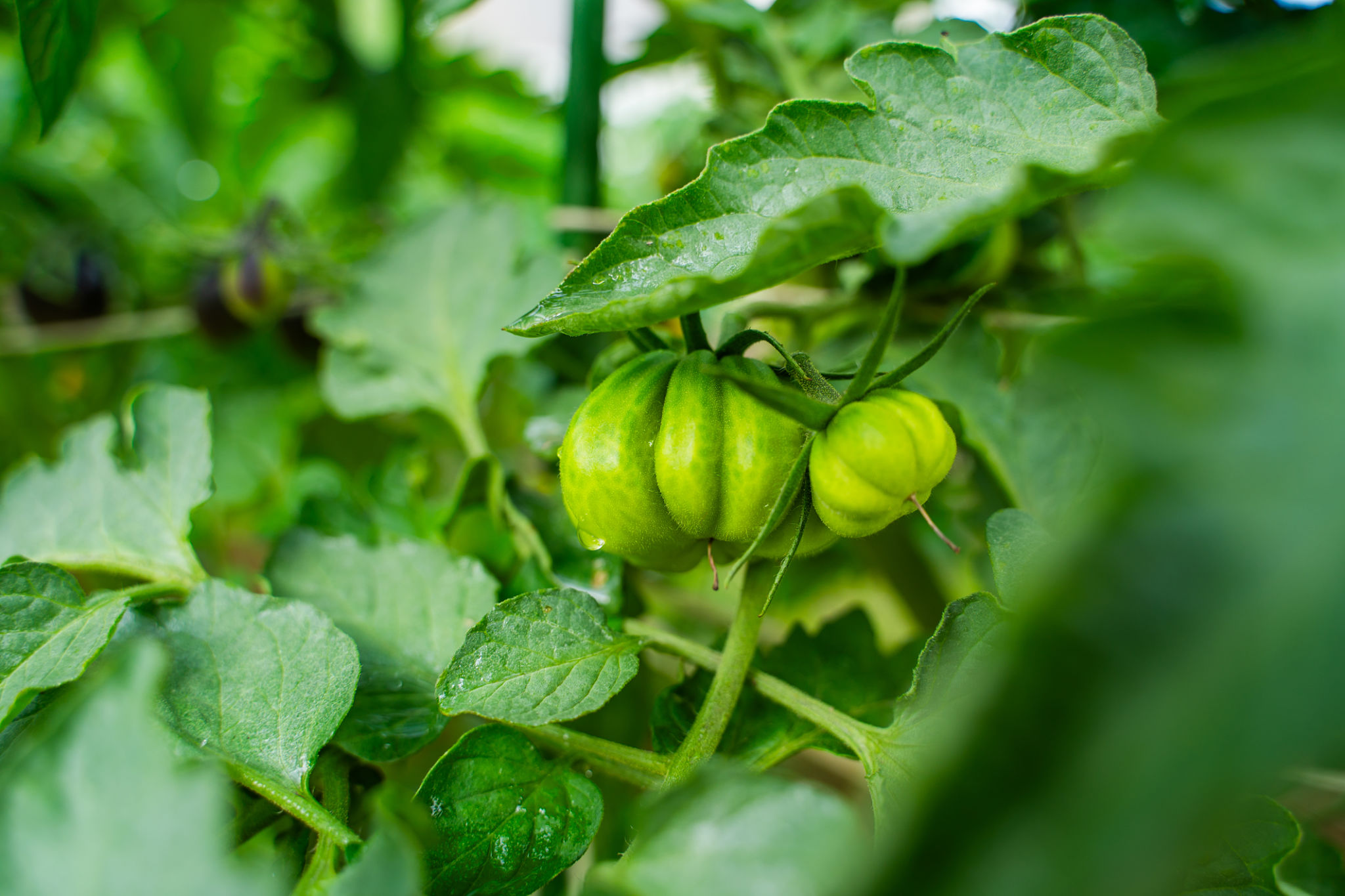Understanding the Advantages of Using HPP Over Traditional Methods
Introduction to High-Pressure Processing (HPP)
In recent years, High-Pressure Processing (HPP) has gained significant attention in the food industry as an innovative alternative to traditional preservation methods. HPP is a non-thermal food preservation technique that uses high pressure to extend the shelf life of perishable products while maintaining their nutritional and sensory qualities. This method is particularly appealing in today's health-conscious market, where consumers demand fresh, minimally processed foods.
The growing interest in HPP stems from its ability to ensure food safety without the use of heat or preservatives, making it an attractive option for both manufacturers and consumers. By understanding the advantages of using HPP over conventional methods, businesses can make informed decisions about their food processing strategies.

Enhanced Food Safety and Quality
Preservation of Nutritional Content
One of the most significant benefits of using HPP is its ability to preserve the nutritional content of food products. Unlike traditional thermal pasteurization, which can degrade vitamins and enzymes, HPP maintains the food's original nutrient profile. This is because the process involves applying high pressure uniformly around the product, ensuring that heat-sensitive nutrients remain intact.
Improved Taste and Texture
HPP also excels in preserving the taste and texture of food items. Traditional methods often alter these characteristics due to high temperatures or chemical additives. In contrast, HPP maintains the natural flavors and textures by avoiding thermal degradation. This results in a final product that closely resembles fresh, untreated food, a quality highly valued by consumers today.

Extended Shelf Life
Reduction in Spoilage
The application of high pressure effectively inactivates pathogenic microorganisms and spoilage bacteria. This reduction in microbial load significantly extends the shelf life of products without the need for artificial preservatives. Foods processed through HPP can last two to three times longer than those treated with conventional methods, reducing waste and improving supply chain efficiency.
Versatility Across Food Categories
HPP is versatile and can be applied to a wide range of food products, including juices, meats, seafood, and ready-to-eat meals. This adaptability allows producers to leverage the benefits of HPP across their entire product line, offering consistent quality and safety standards.

Environmental and Economic Benefits
Energy Efficiency
HPP is generally more energy-efficient compared to thermal processing techniques. Since it does not require high temperatures, it consumes less energy, which can translate into cost savings for manufacturers. Additionally, the reduction in spoilage and waste provides further economic advantages by maximizing product output and minimizing losses.
Sustainability Considerations
By extending shelf life and reducing waste, HPP contributes to sustainability efforts within the food industry. The method aligns with eco-friendly practices by minimizing the carbon footprint associated with food production and distribution. This environmental benefit is becoming increasingly important as companies strive to meet consumer demands for sustainable products.

Conclusion
Overall, High-Pressure Processing offers numerous advantages over traditional preservation methods, including enhanced safety, improved quality, extended shelf life, and reduced environmental impact. As consumer preferences continue to shift towards healthier and more sustainable options, adopting HPP can provide a competitive edge for food producers looking to meet these demands. By understanding and leveraging the benefits of HPP, businesses can position themselves at the forefront of innovation in the food industry.